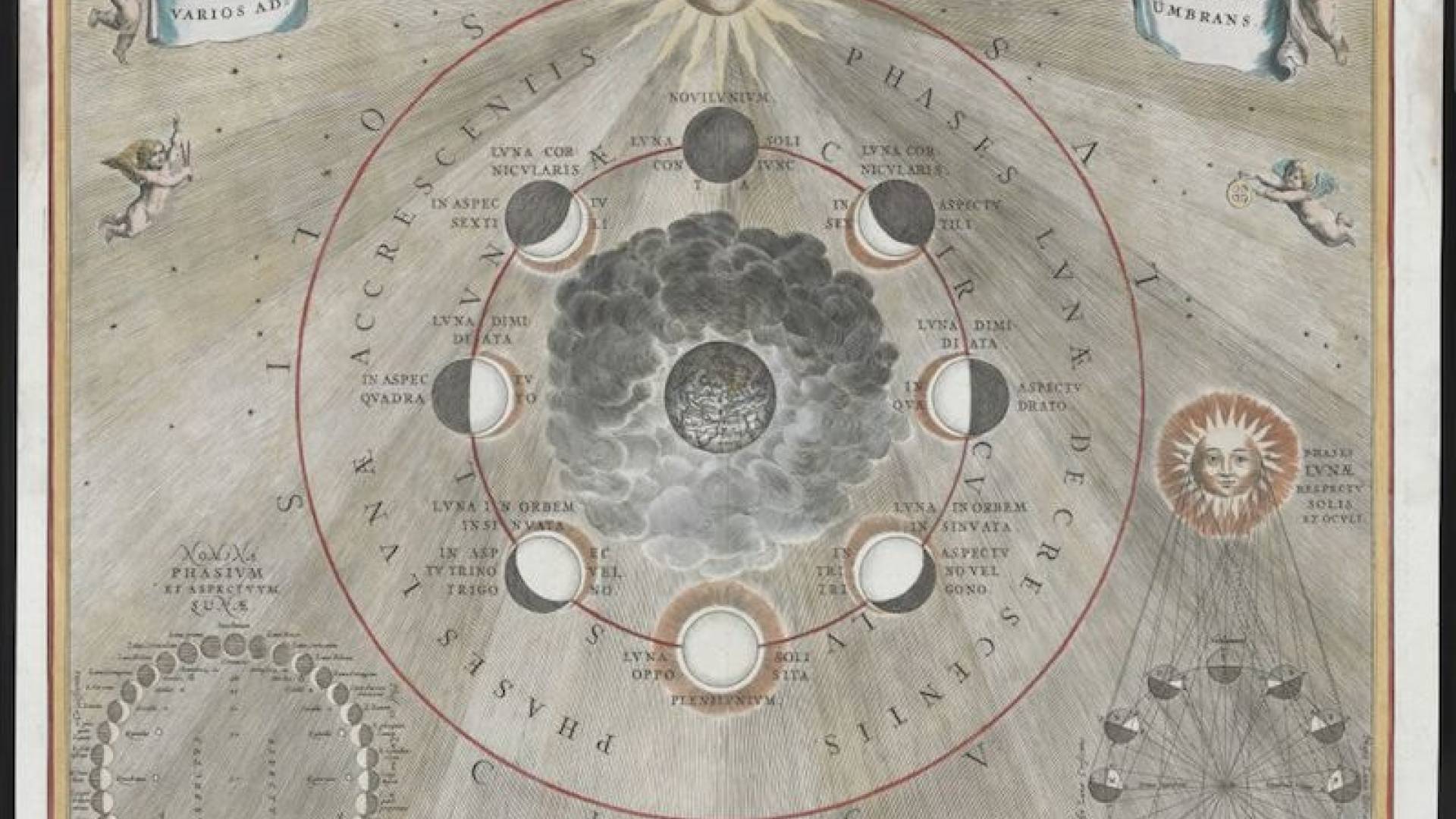Webancient astronomers could perform only limited investigations of the sky, using rudimentary aids to the human eye. Even so, humankind had already begun the. Webcelestial maps, which chart the stars, planets, and other astronomical phenomena, are not only tools for astronomers but also works of art and historical. Webthe beginnings of celestial cartography. The figures of the constellations can in some cases be traced back to mesopotamia in the 2nd millennium bc. Webthis third edition book explores the rich history of celestial prints and star atlases. It traces the development of celestial cartography from ancient to modern times, describes the. Webcelestial cartography, [1] uranography, [2][3] astrography or star cartography[citation needed] is the aspect of astronomy and branch of cartography concerned with mapping. The introduction in antiquity of the moving sphere as a model for understanding the celestial phenomena provided the momentum for making celestial. Webthis book uniquely combines a number of features: 1) the history of celestial cartography is traced from ancient to modern times; 2) this development is integrated with. Webislamic and european astronomers continued the ancient practice of celestial cartography, a type of mapping that recorded the positions and paths of celestial bodies, including. Webthe history of celestial cartography as depicted through star and solar system maps has paralleled the history of science (particularly astronomy) and the. Webthese intricate and detailed illustrations captured the positions of stars, planets, and other celestial bodies. They served both as scientific instruments and.
